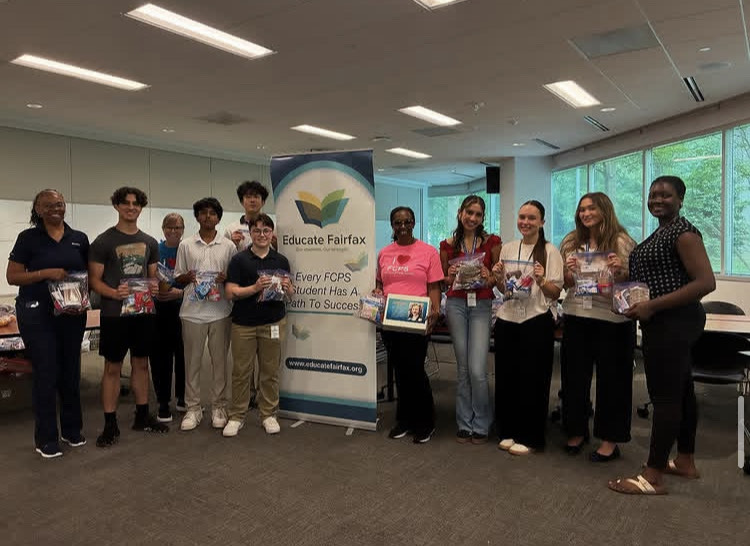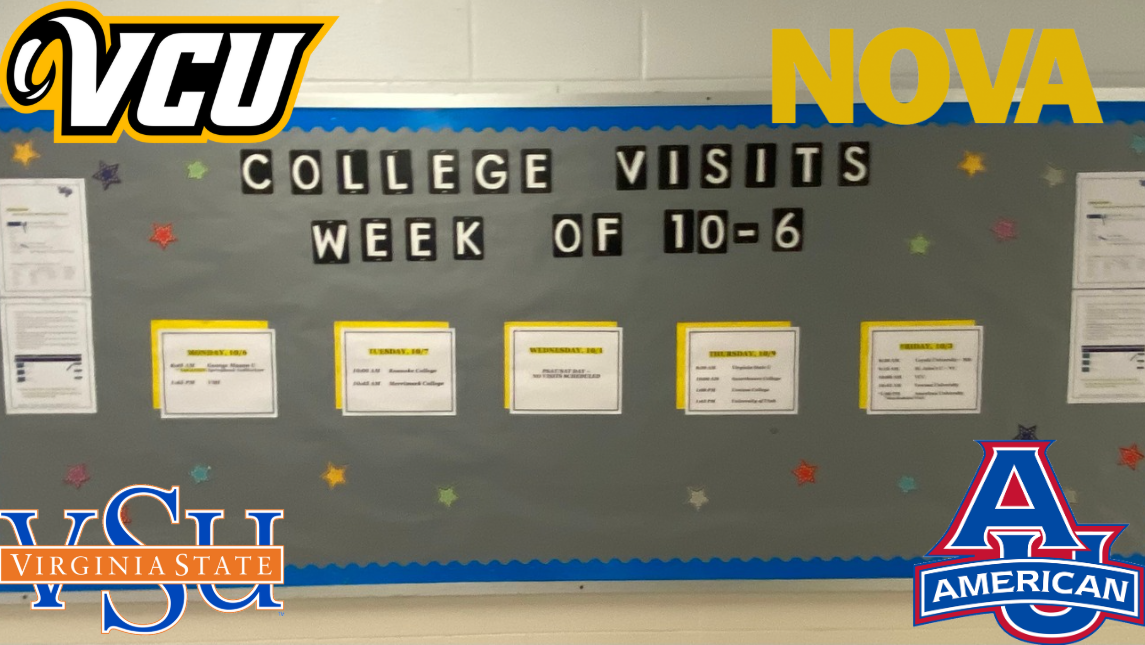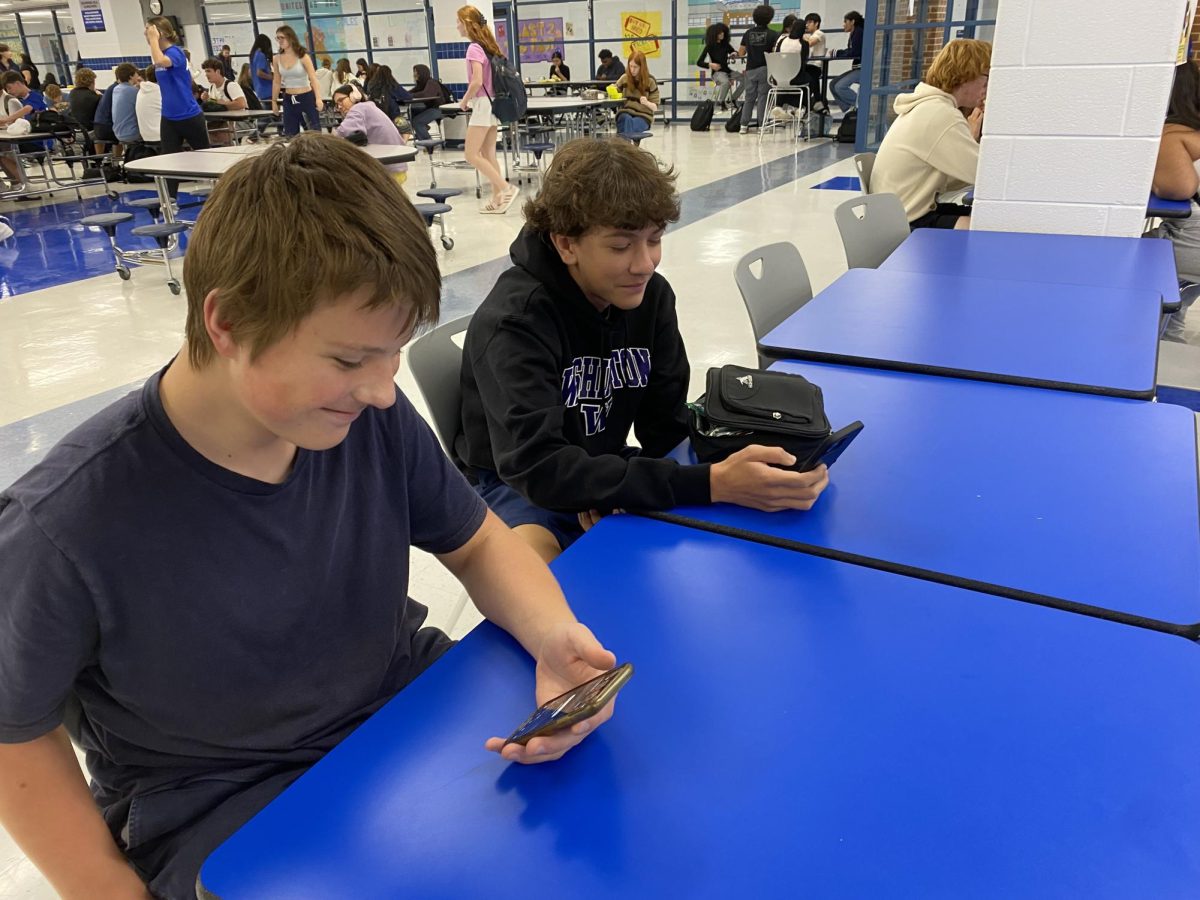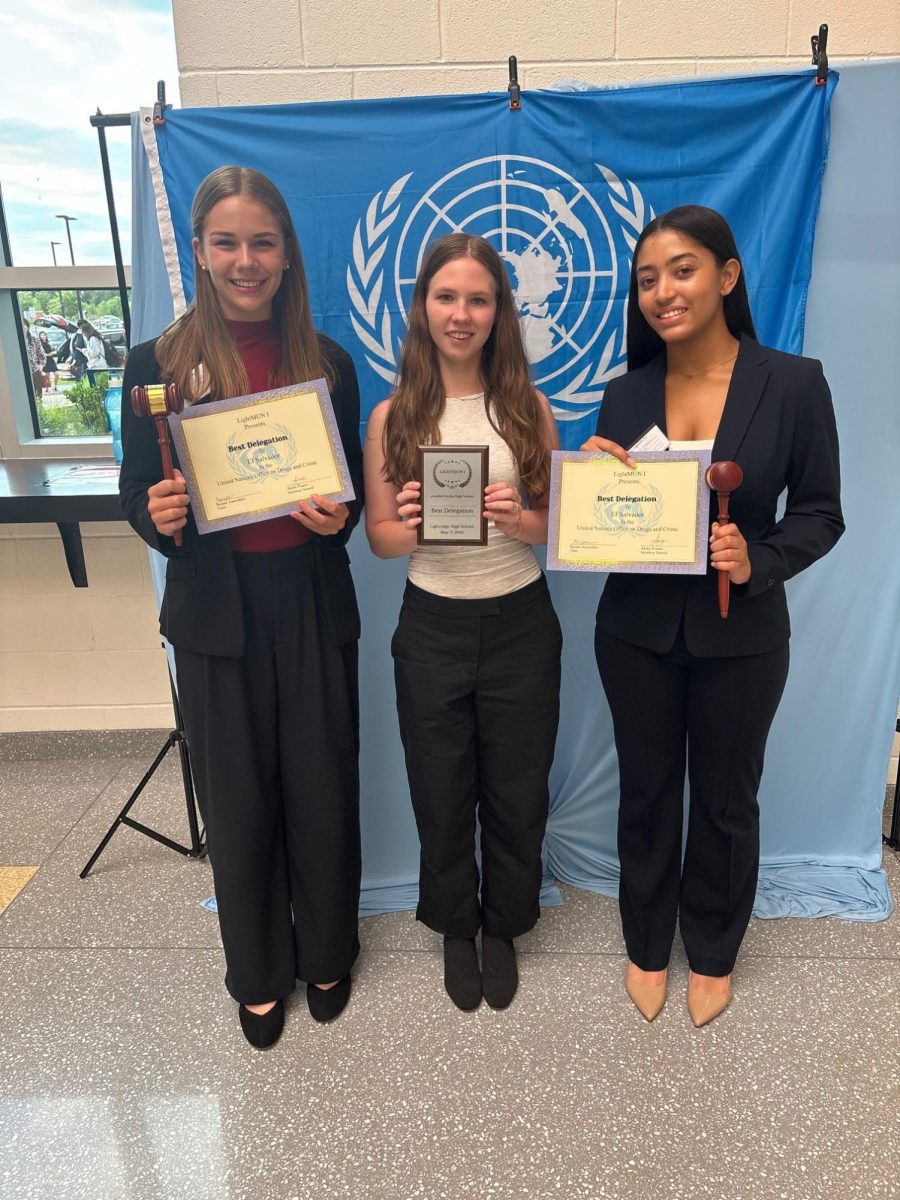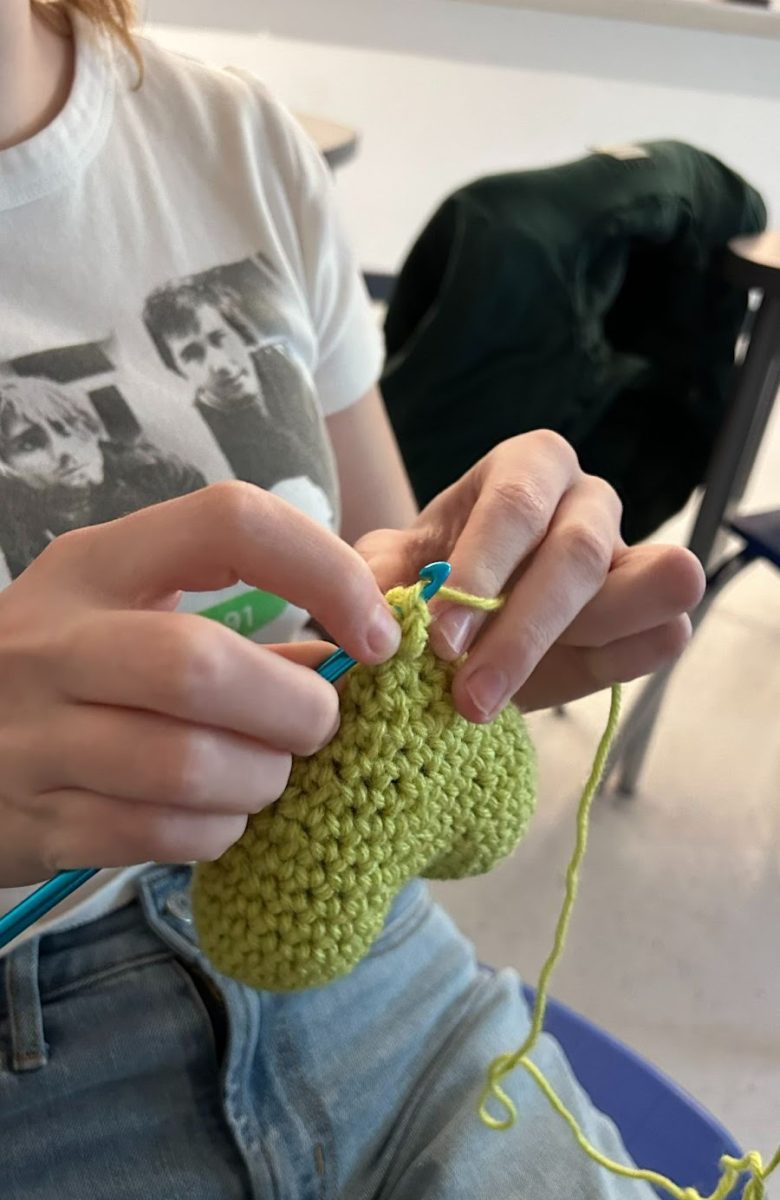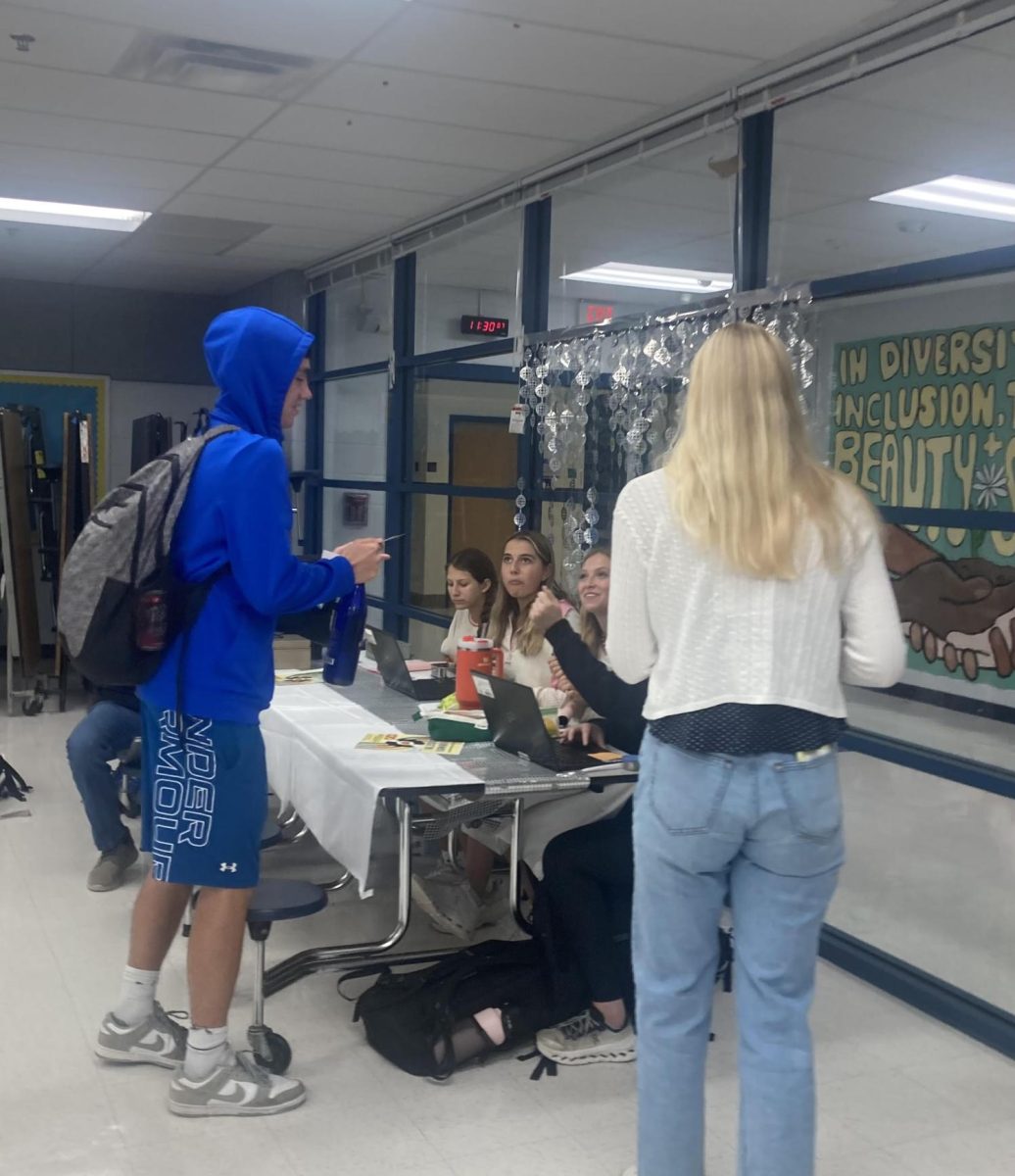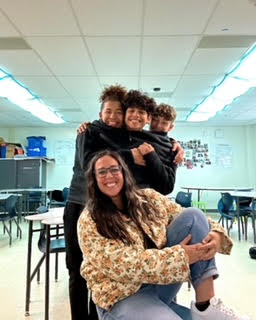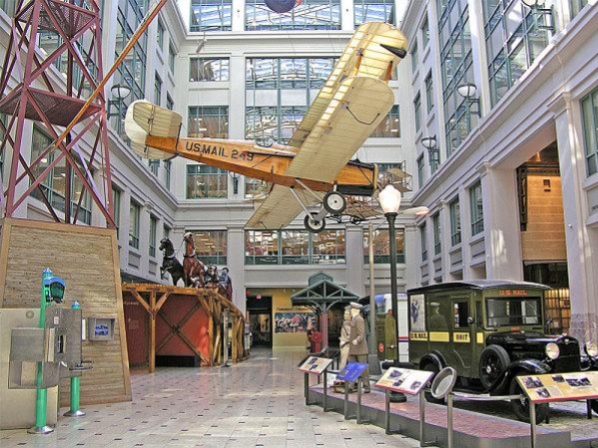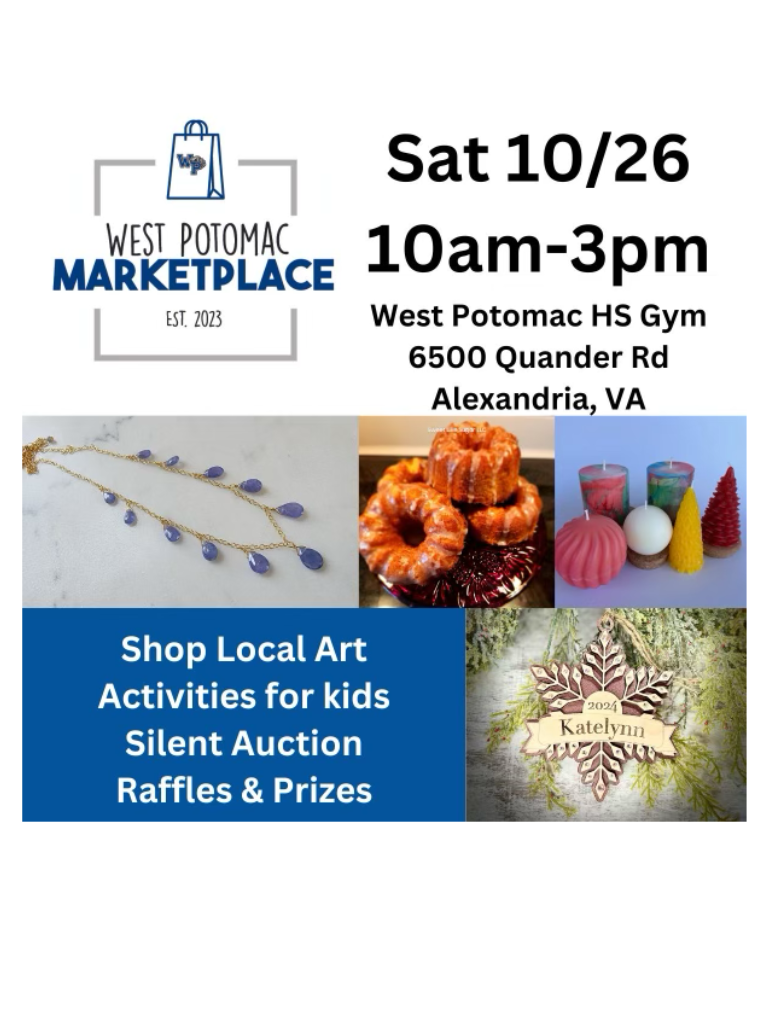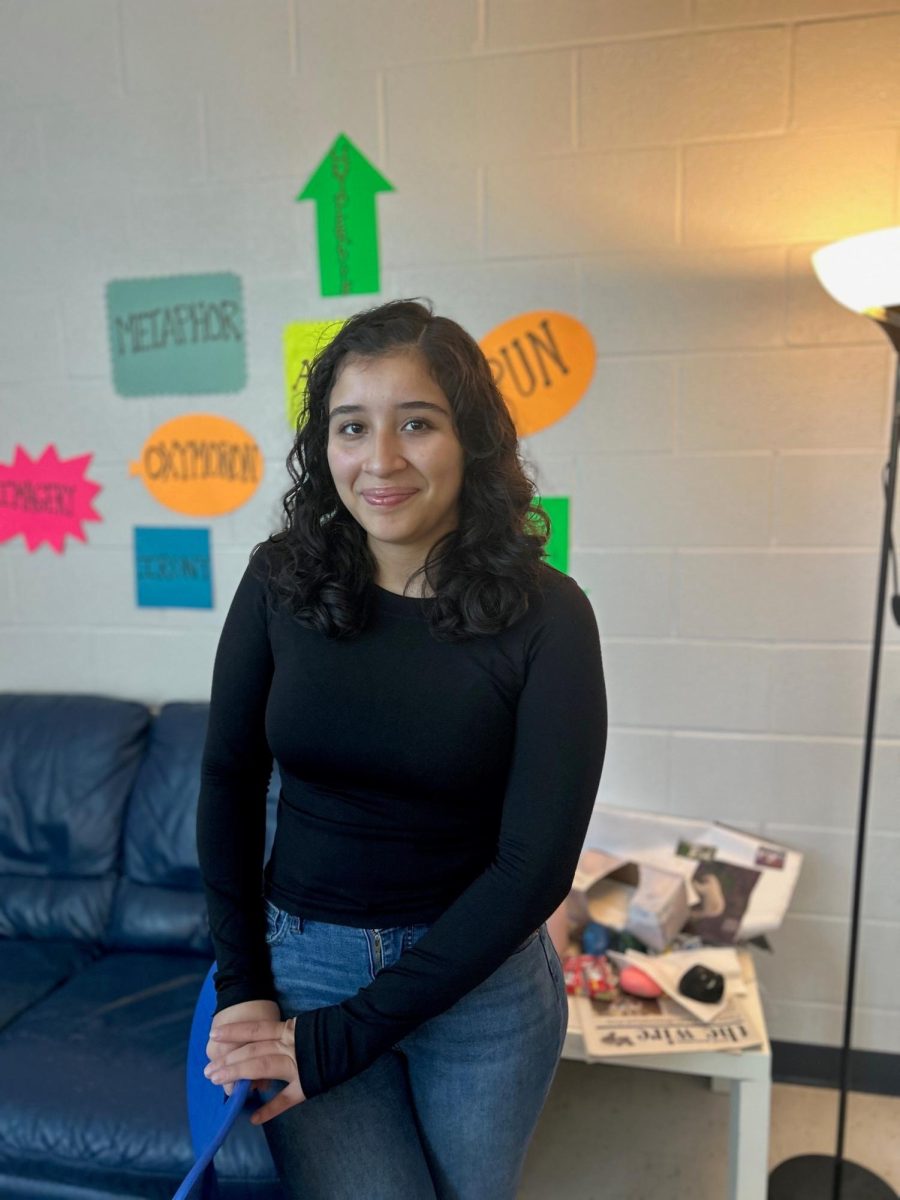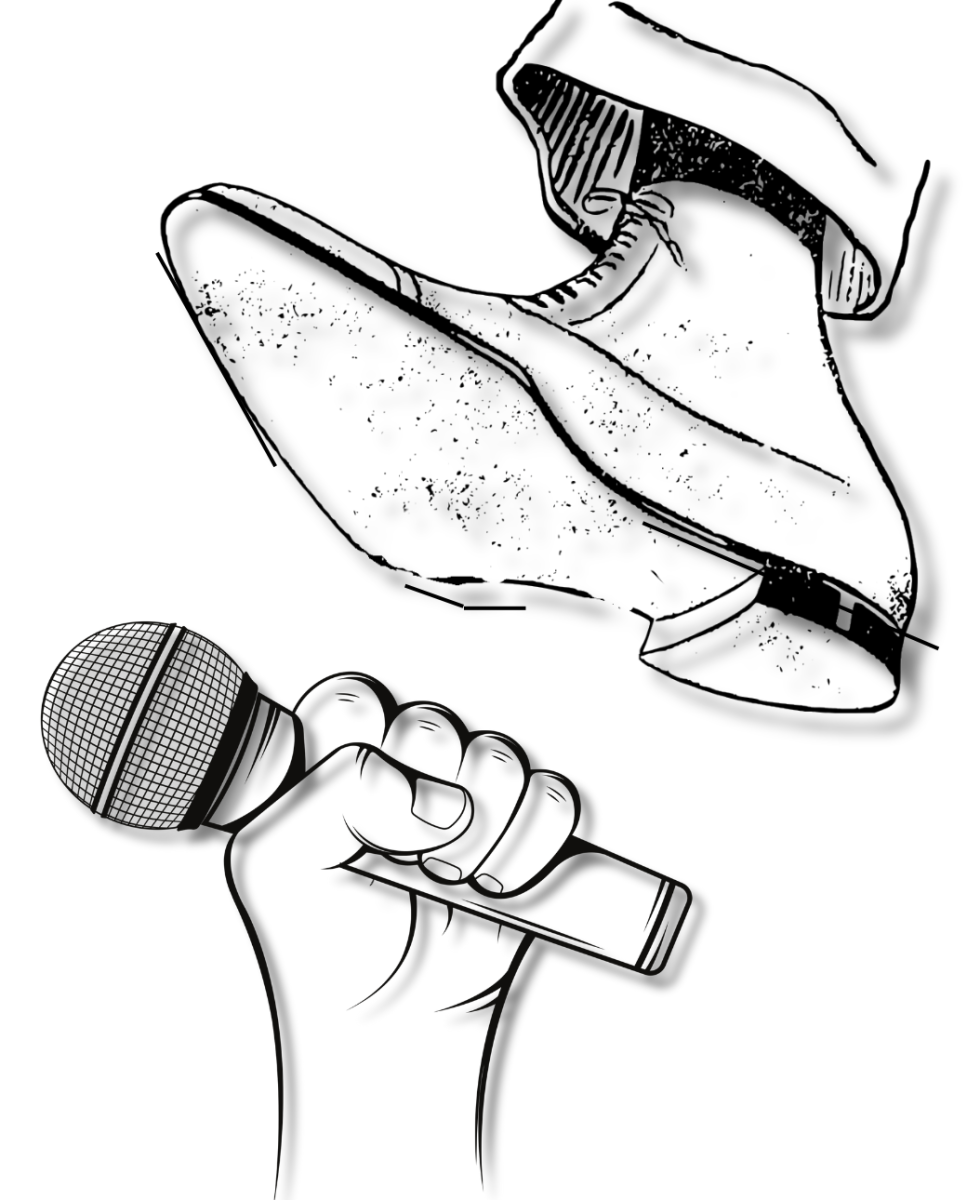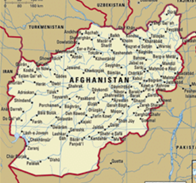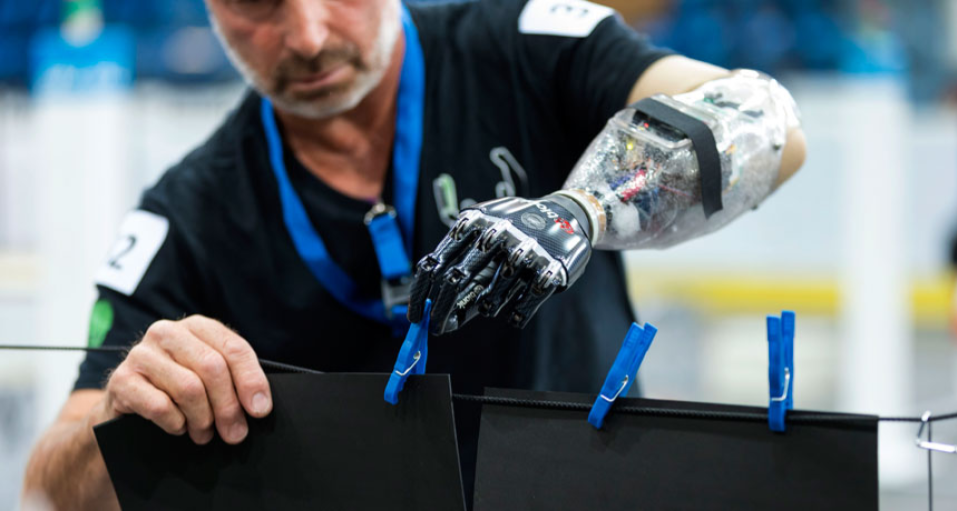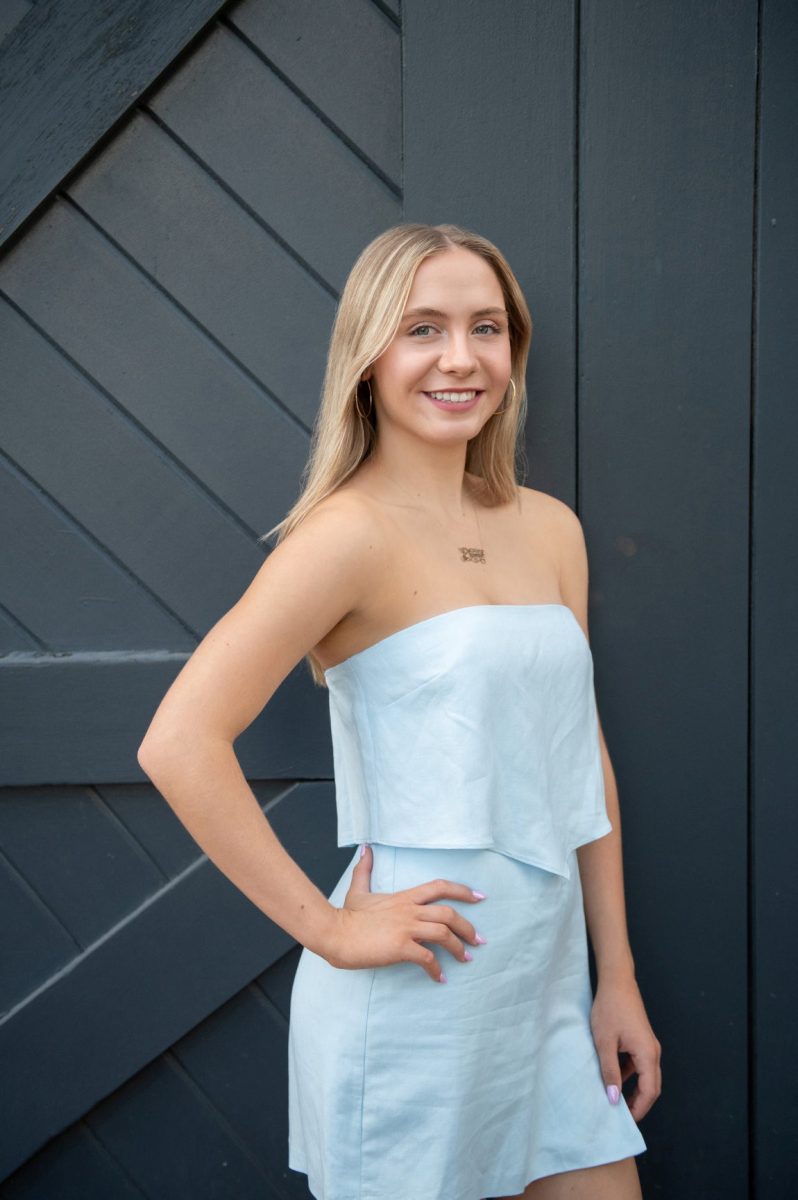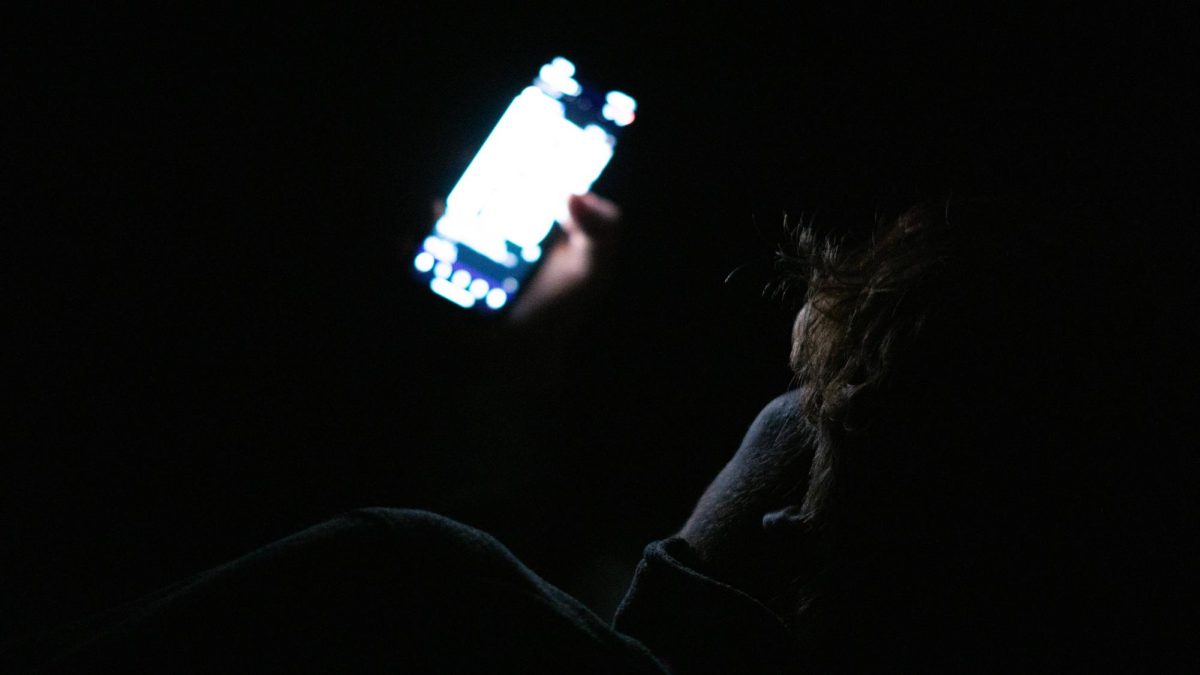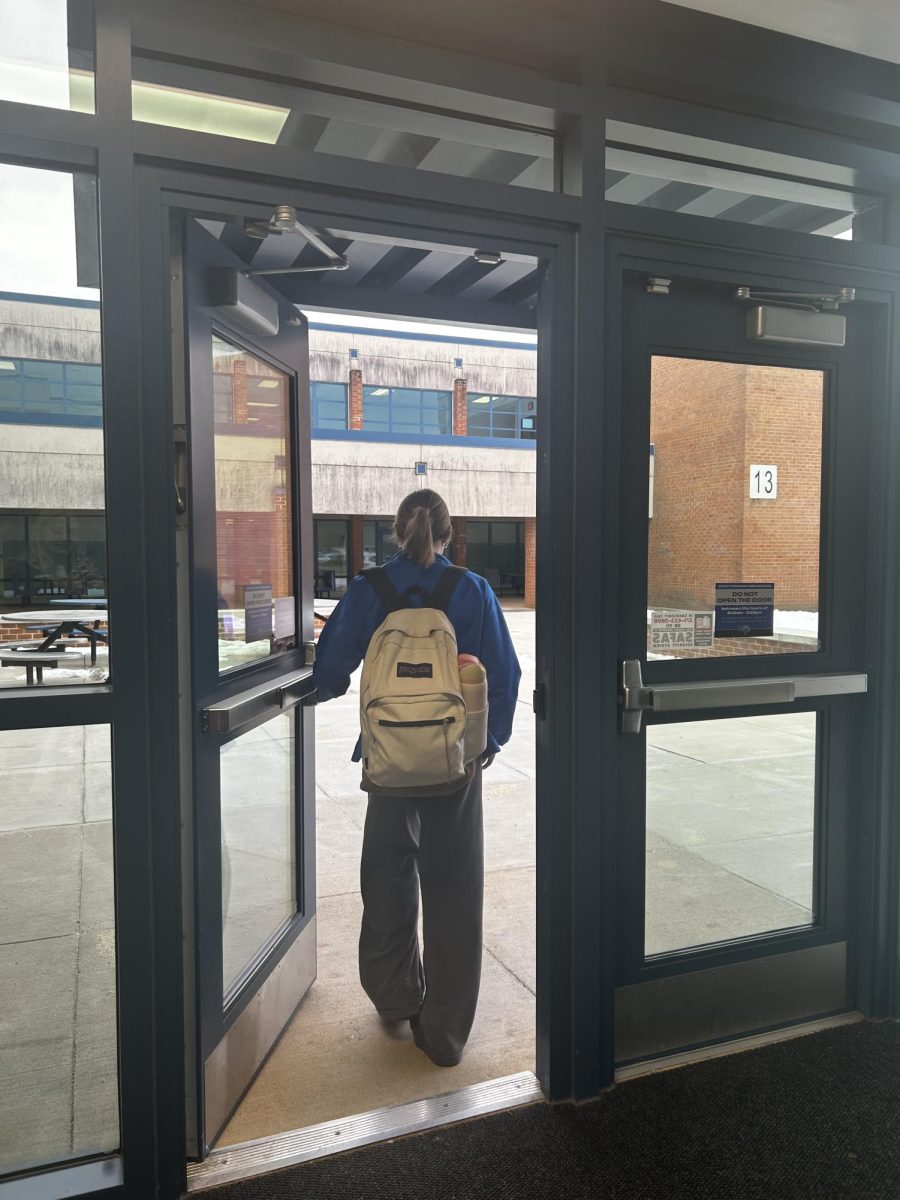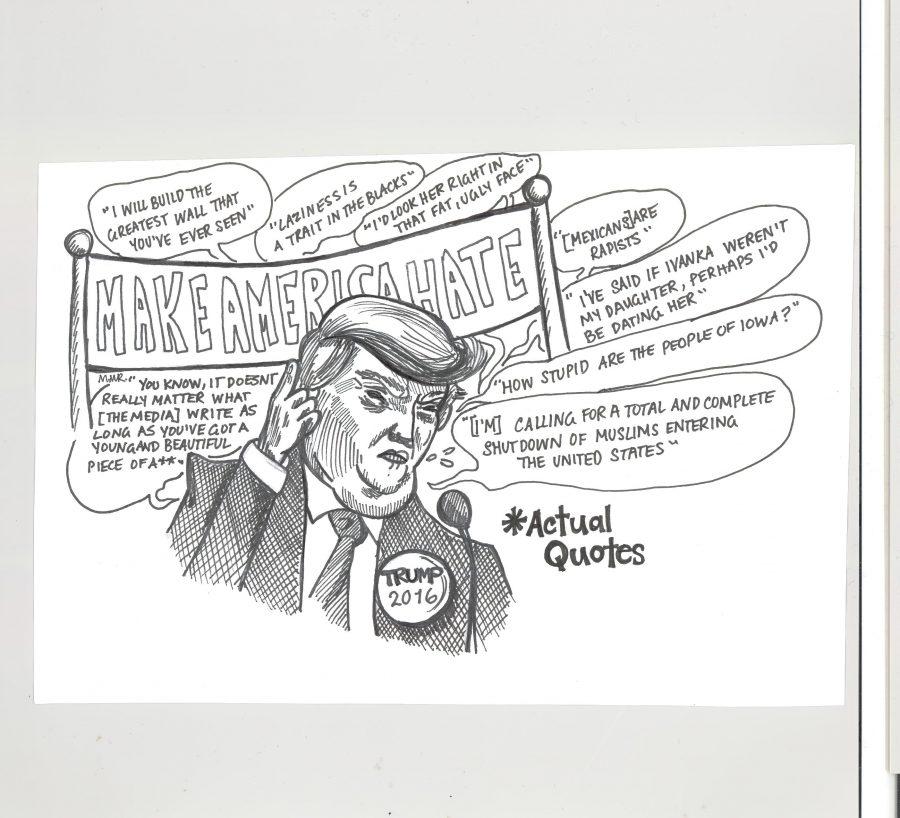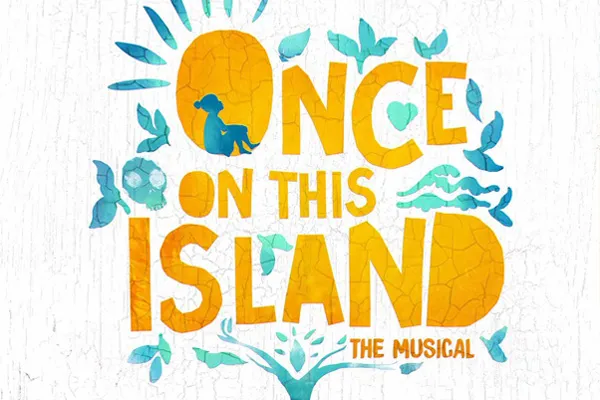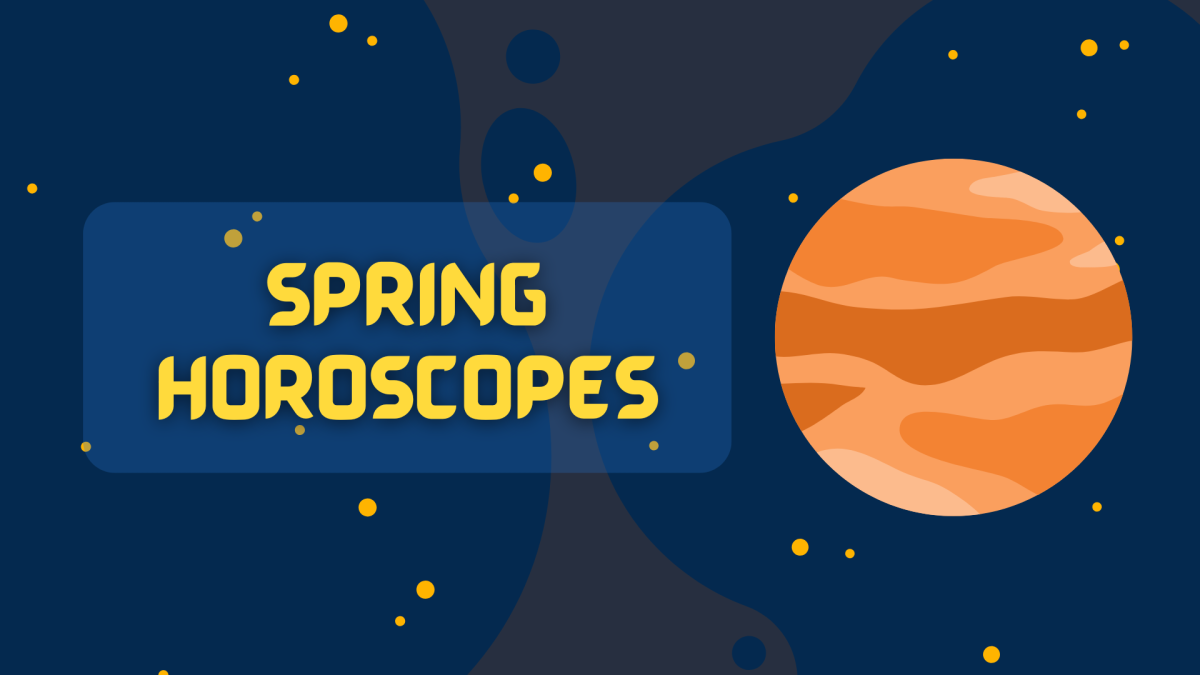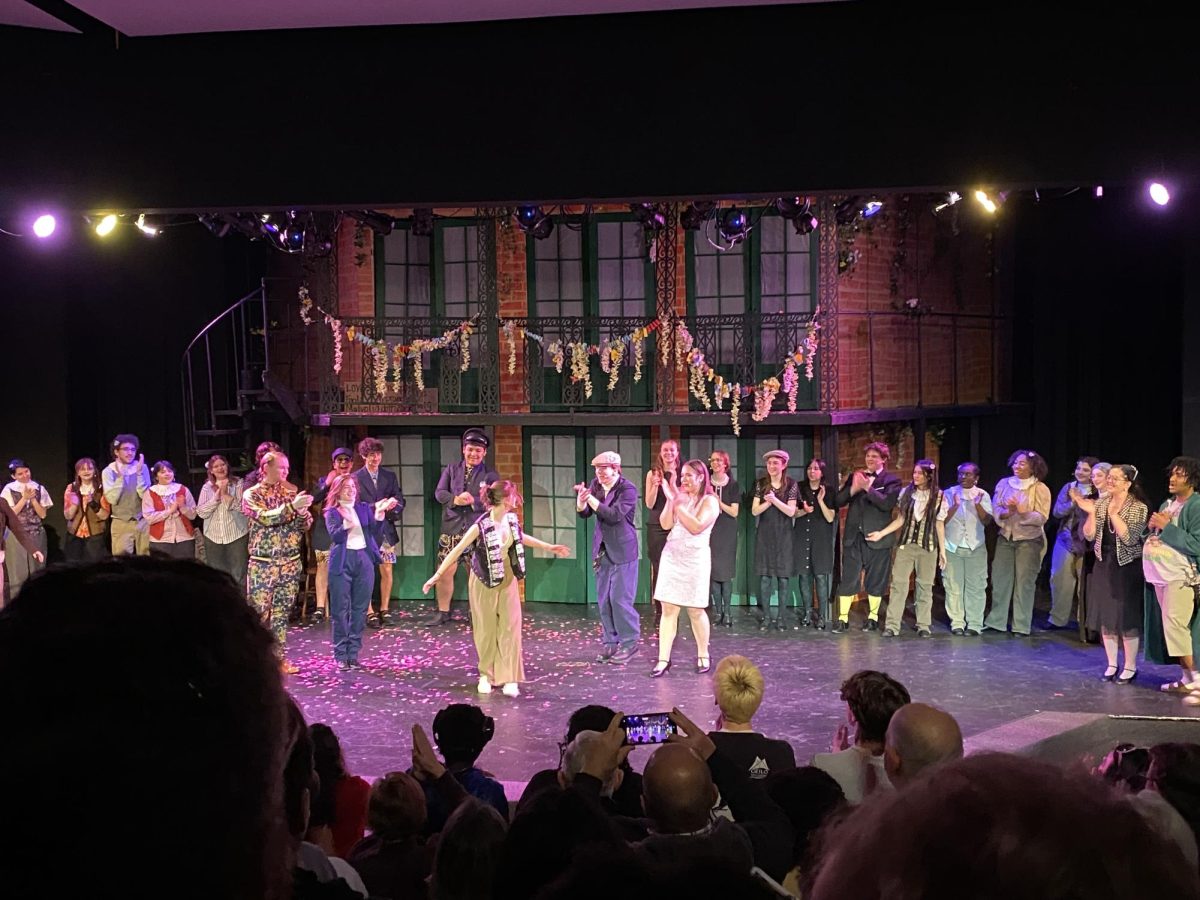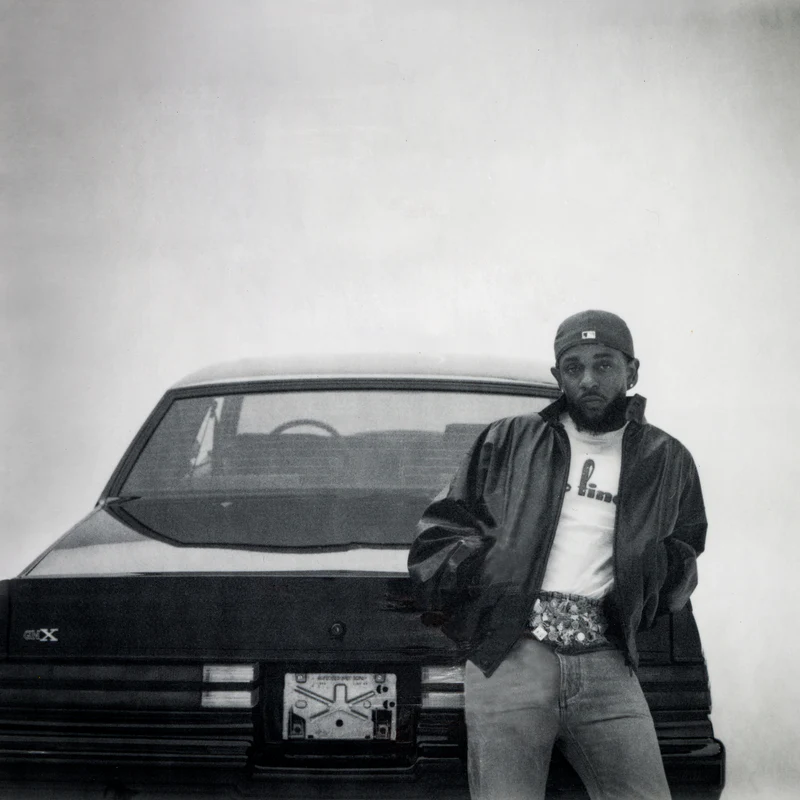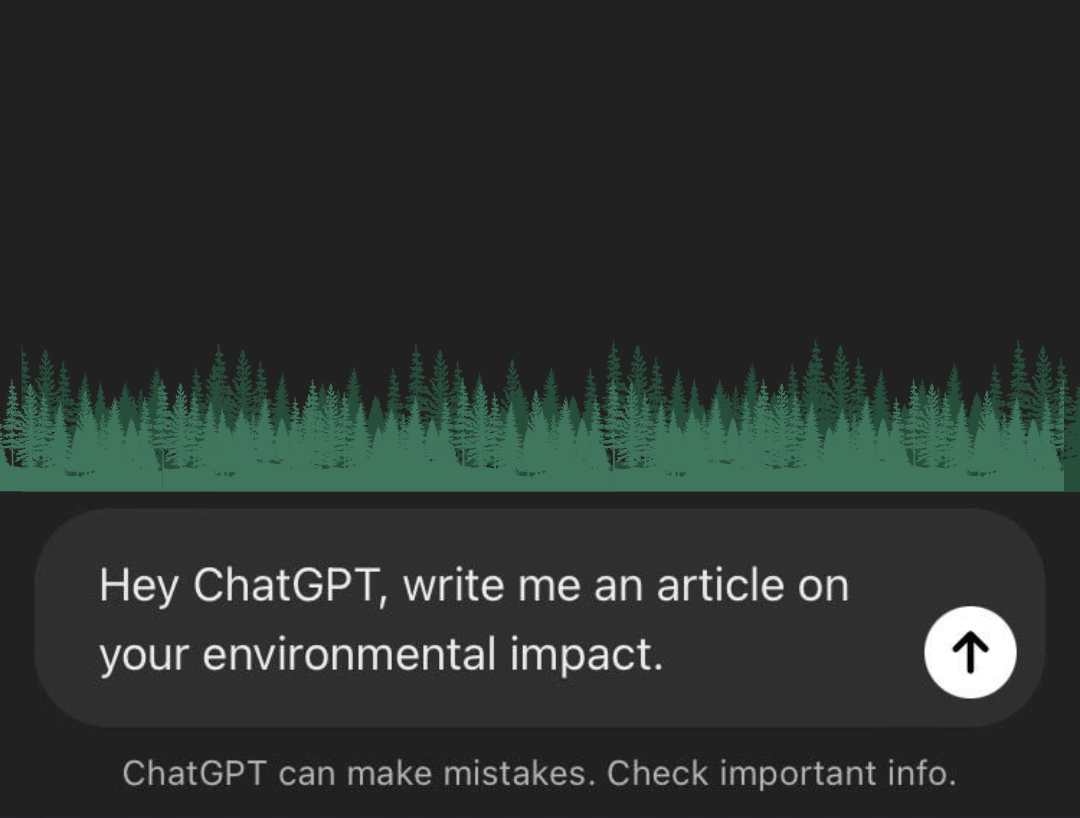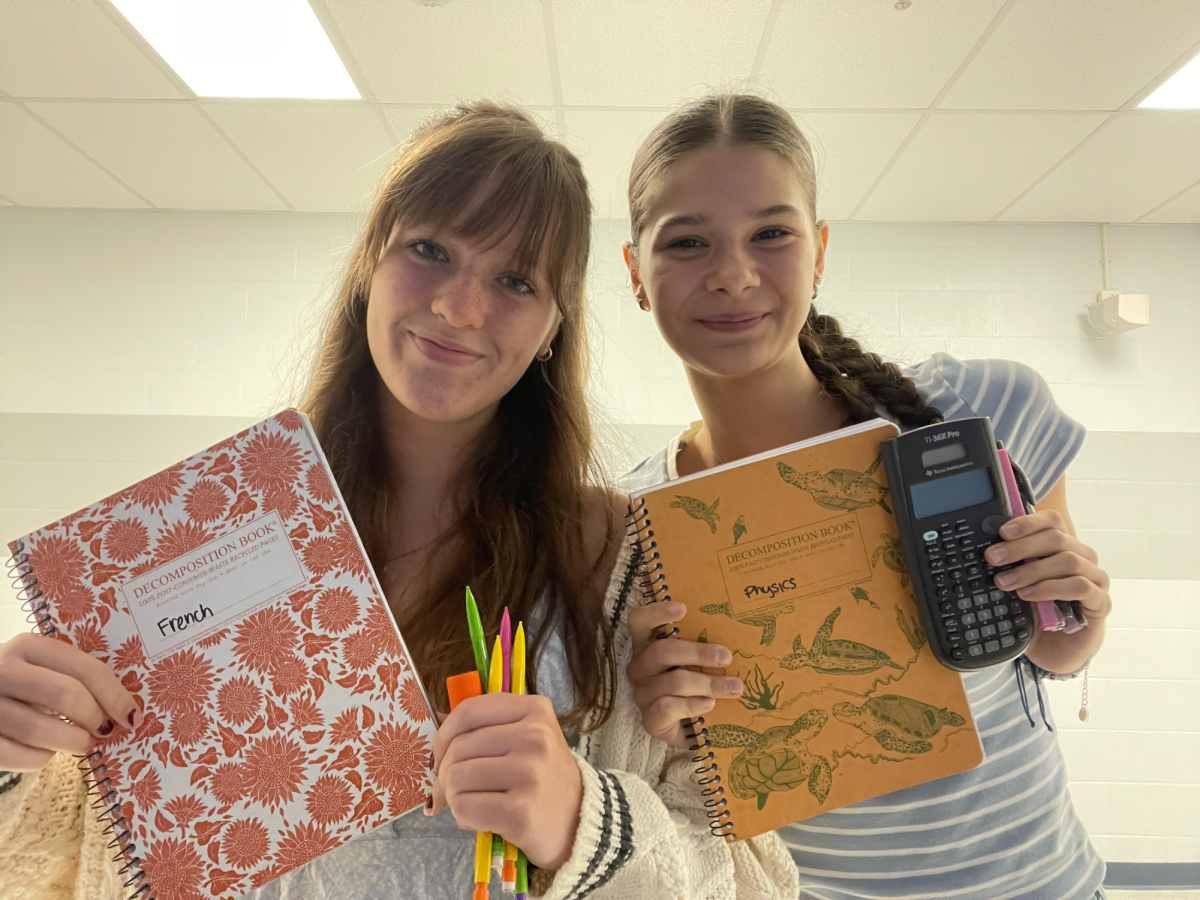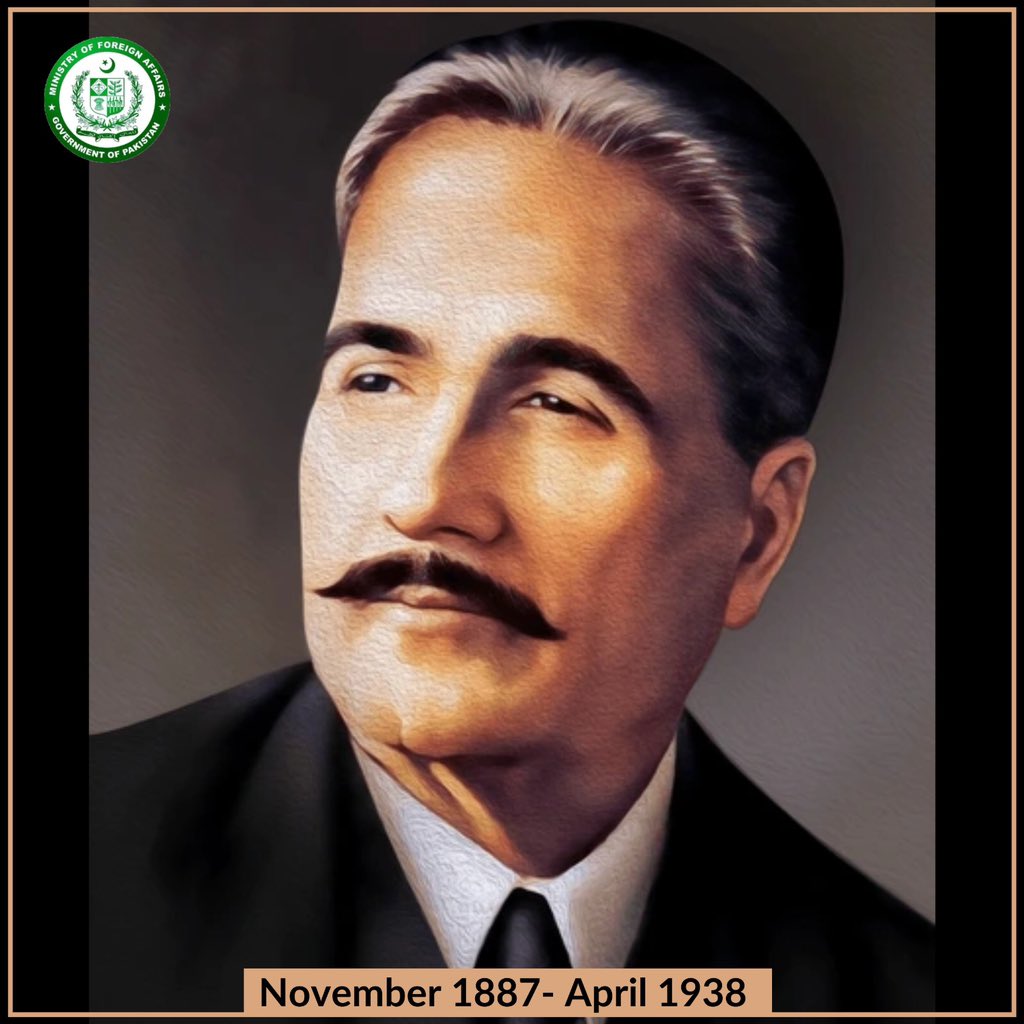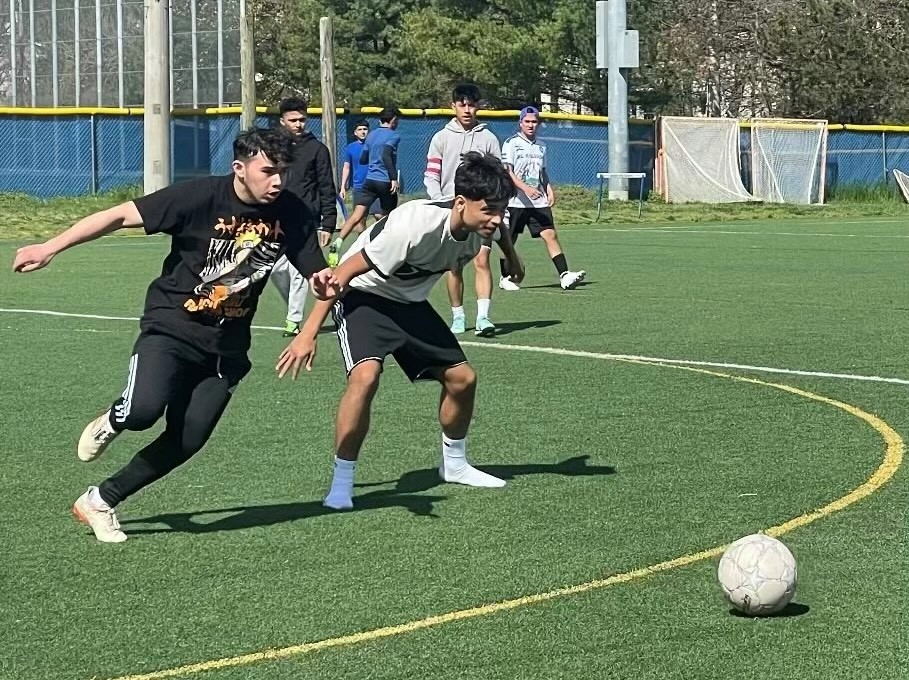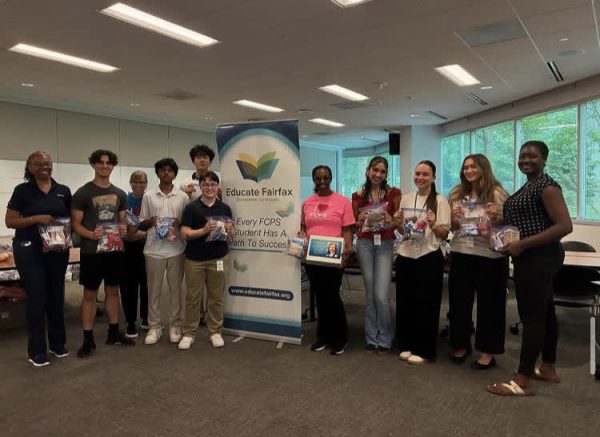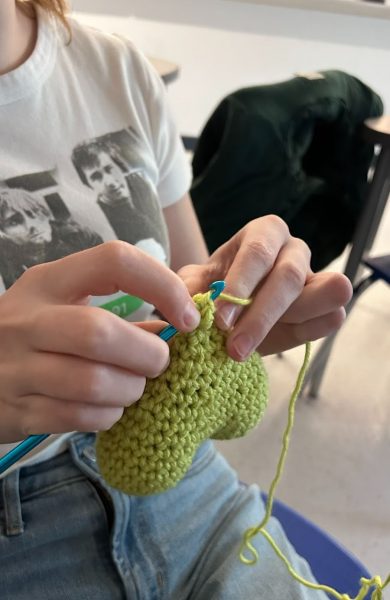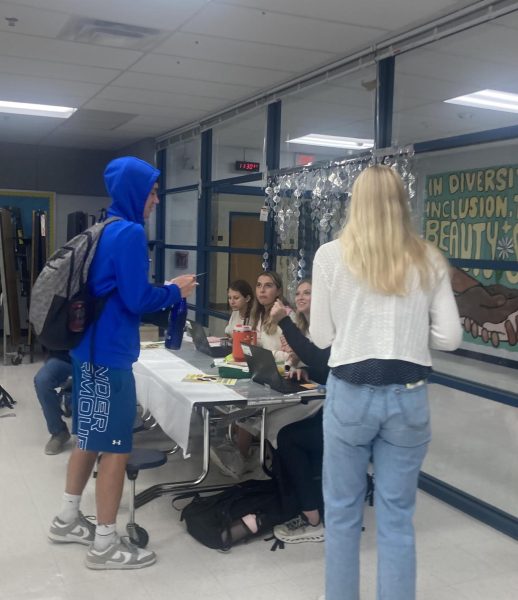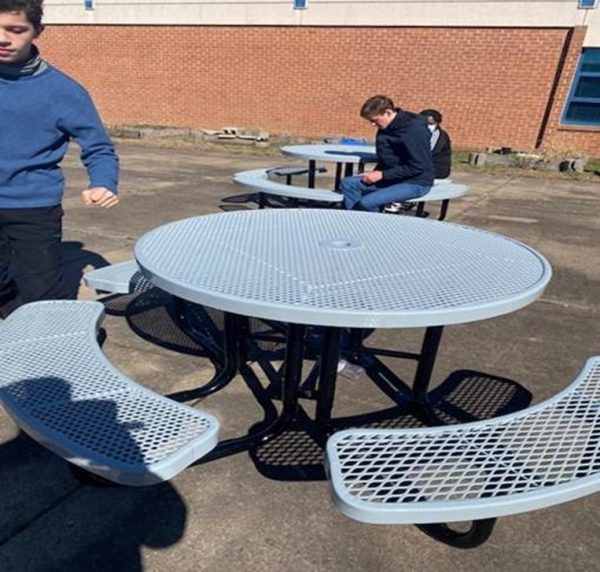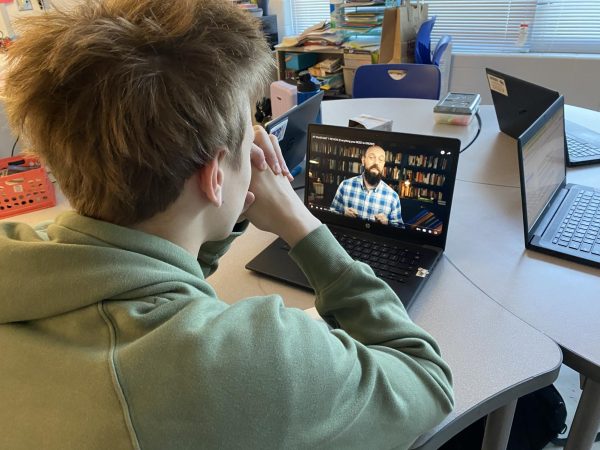Freshmen Science Fair Shows Students’ Creative Side
The freshman science fair took place on January 23 in the cafeteria. The whole room was filled from wall to wall with students and their boards. Volunteer judges, who were mainly seniors and juniors, worked with teachers to get to all the projects.
Harold Henderson, a freshman in Mr. Chavers’ freshman biology class, spoke about his project on fuel efficiency.
“Gas is a limited resource, and expensive, so if we find an alternative fuel it will save money and natural resources,” Henderson said. I compared different fuel runtimes in a leaf blower and the output of the leaf blower, and compared that for the best value.”
About future effects and repercussions of his project, Henderson mentioned, “A lot of high school kids don’t have good jobs, but if you know the most efficient fuel you can save money and get around places cheaper. I plan on a career in the sciences, but not biology. Chemistry and physics look like careers I’d be interested in going into.”
Ms. Kim, a freshman biology teacher, talked about the projects she’d seen while judging.
“They’re mostly very good, with a mix of some done the night before and some really original,” Kim said. “Two of my students did a project on how the angle of drumming worked with physics, specific angles and all. Some kids did forces and angles, other physics or whatever interested them – some said bio ‘wasn’t interesting’ to them. I like seeing how confident the kids are when presenting. These kids know what they’re talking about, by this point they’re experts.”
Ms. Kim never participated in any fairs as a teenager, saying, “ I didn’t have science fairs in high school, back in Maine, but I’m exhausted just reading all of these!”
Giving one piece of advice to future science fair participants, Ms. Kim said, “Use the fair as a learning experience!”
Eli Owens, a freshman from Mrs. Davis’s biology class, talked about his project on water types with radish seed growth.
“My project is what type of water types makes radish seeds grow the biggest and fastest,” he said. “I can find the quickest way how to grow a seed with which type of water.” He also said, “I used tap water, pond water, rain water, seltzer water, and distilled water.” On why he chose this experiment, he said, “I found this could be useful to people growing plants and need to grow them fast or want to grow them fast.” He added that the seltzer water grew the tallest and fastest.
“[I think this project will be useful in the future],” Owens said.” We learned how to set up a successful experiment and I also learned how to grow plants.”



